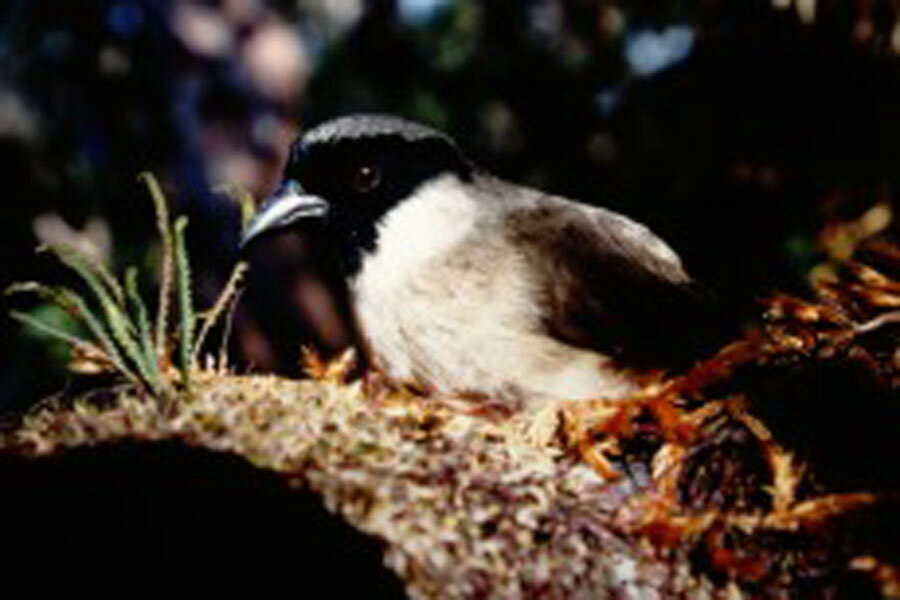Endemic to the Hawaiian Island of Maui, this species is still listed as critically endangered but IUCN suspects the bird is probably extinct.
In 1973, researchers estimated that fewer than 200 Black-faced honeycreepers lived in the wild, and then, between 1975 and 1985, the upper Hawaiian watershed rapidly declined in density.
By 1997, only three of the endangered honeycreepers could be found. No po’o-uli have been identified since 2004.
The po’o-uli lived in a remote mountain forest between 4,000 and 7,000 feet elevation, but experts with IUCN believe this may have been a suboptimal habitat. Fossil evidence indicates they once thrived in a drier habitat at 1,000 to 5,000 feet. They likely fed on snails, insects and spiders.
Disease-carrying mosquitoes in the lowlands may have weakened the species, and the introduction of non-native garlic snails caused a decline in native land snails, an important food for the bird.
Researchers are also exploring a correlation between po’o-uli decline and a 473 percent increase in feral pig activity that disturbed local ground cover.






